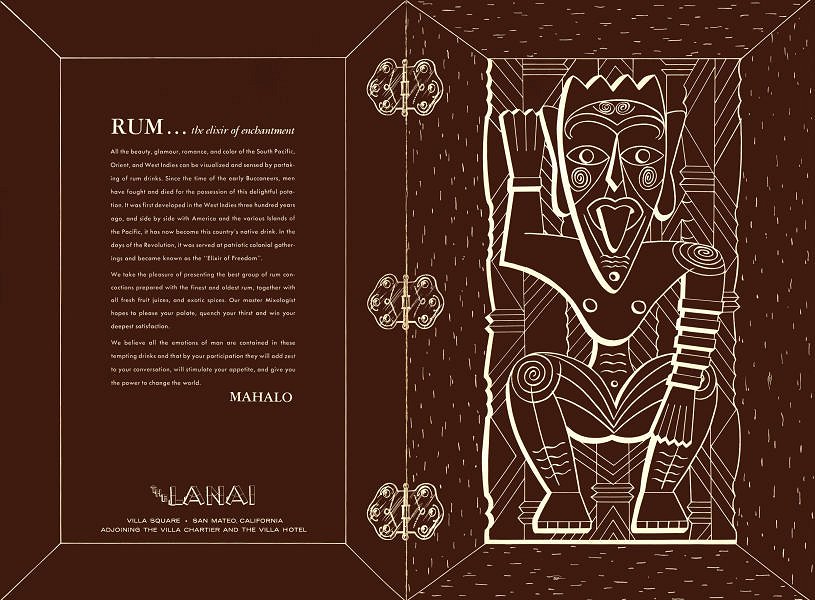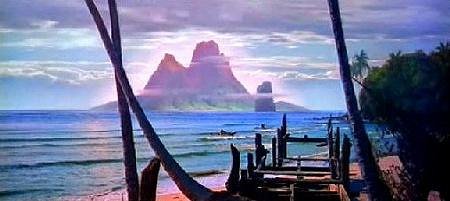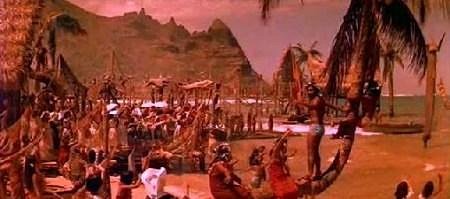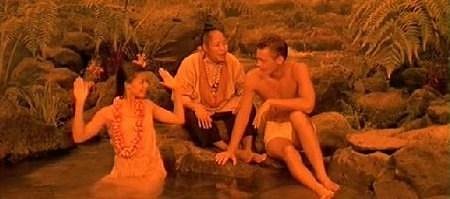Tiki Central / General Tiki / Tiki Culture - Geographical Origins
Post #573281 by aquarj on Tue, Jan 25, 2011 12:24 PM
|
A
aquarj
Posted
posted
on
Tue, Jan 25, 2011 12:24 PM
Interesting to see the answers here. At the risk of getting all analytical and stuff (and maybe repetitive too), my take was that there's probably a range of different questions suggested by the topic:
Maybe the question was mostly about #2, especially since #1 and #3 would never apply without something as an original inspiration. Very true that much of the work by the earliest poly-pop practitioners was inspired by the consumption of authentic polynesian and oceanic artifacts in books. But as others have pointed out, it very soon evolved to a situation where the inspirations were more strongly linked to the prior works of poly-pop artisans than to authentic oceanic forms. It really is surprising when you get down to it, that it was such a small handful of carvers and artists who started and ran the stylistic movement (the names bigbro listed, plus a few more). And their influence went everywhere, from California, to Florida (like the Mai Kai tiki by Californian Barney West in the posts above), to Hawaii and even further abroad. And while Donn Beach was the undeniable originator of the poly-pop phenomenon, its spread took on a life of its own. As a practical matter, places like the Mai Kai or Kahiki would trigger a localized domino effect where other nearby venues would be more influenced by these places than by other sources in California or elsewhere. And as others commented, the presence of tikis themselves was an adaptation that differed from what you would find in an actual Don the Beachcomber location. BTW, about the first tiki used as a logo in a restaurant, I've been curious lately if the Lanai in San Mateo might have been earlier than Tiki Bob's. The Lanai opened in 1950, and they had that weird logo tiki on their doors and menu in the 50s, but I don't know if it was all the way back in 1950. Speaking of inspirations, I don't know where the heck this is supposed to be from - kind of seems like a weird hybrid.
Back to the question regarding ORIGINAL sources, in those kinds of conversations I like to suggest the mythical location of Bali Hai. Not the restaurant in San Diego, I mean the place that Michener conjured up in Tales of the South Pacific. Maybe partially because of the actual fact of the influence that mythical place had on popular culture, when it appeared in print and even more so on the stage and screen. But even more than that, the concept of Bali Hai is kind of the perfect metaphor as a place that represents the mishmash of real and fantasy embodied in tiki culture. It's a good way of conveying the un-authentic-ness, without getting into the endless exceptions and counterexamples of trying to list real geographic sources.
-Randy |




